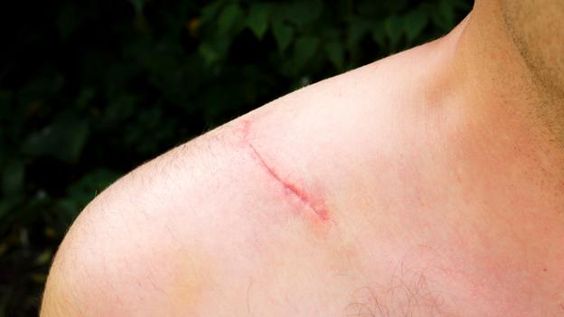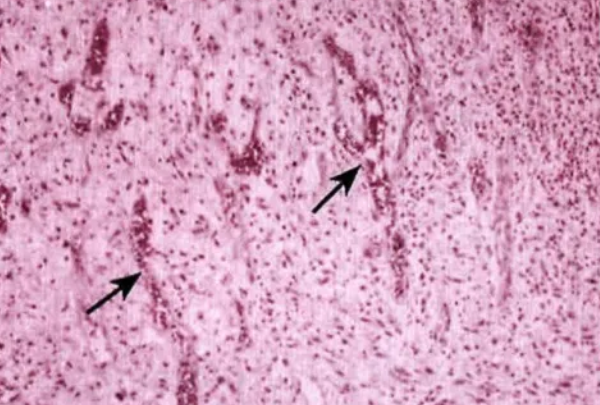Before answering this question, we need to understand two core concepts: regeneration and fibrous repair.
regeneration :
That is, new cells of the same type replace those that have aged or died, keeping the structure and functions of the body unchanged. For example, mature red blood cells generally only live for 120 days, so hematopoietic stem cells in the bone marrow need to continuously differentiate into new red blood cells to maintain their number. Cells can be divided into three categories according to their regenerative capacity: unstable cells, such as hematopoietic stem cells, which continue to divide; stable cells, such as epithelial cells of sweat glands, which proliferate insignificantly under normal circumstances but retain the ability to divide; and permanent cells, such as skeletal muscles and nerves, which generally no longer proliferate after birth.
Fibrous repair :
It uses the proliferation of granulation tissue to dissolve and absorb necrotic tissue and other foreign matter in the injured area and fill the tissue defect. Subsequently, the granulation tissue transforms into scar tissue dominated by collagen fibers. This process involves three main stages: vascular regeneration, fibrosis (conversion of fibroblasts into fibrocytes), and tissue remodeling.
When the wound is not deep and only damages the epidermis, epidermal cells, as unstable cells, can repair the damage through their own division. For deeper wounds, however, the situation is much more complex, involving four main processes:
1. Early changes: This stage mainly manifests as congestion and white blood cell infiltration at the wound site, which is what we often call redness and swelling. The blood and fibrinogen then quickly form a protective clot.
2. Wound contraction stage: Myofibroblasts at the edge of the wound will appear rapidly, gradually shrinking the wound surface.
3. Granulation and fibrous scar formation stage: This is a key link in wound repair. Fill and repair tissue defects through the proliferation of fibroblasts and the formation of collagen fibers.
4. Epidermal and appendage regeneration stage: At this time, glands and other appendages will try to regenerate, but if stable cells such as glands are completely destroyed, scar repair can only be performed.
Wound repair is a complex process that involves the synergistic action of a variety of cells and the conduct of a variety of biochemical reactions. These processes ensure that our bodies can repair quickly and effectively when faced with damage, thereby maintaining our health and normal life activities. Regarding the recovery after tendon injury, there will be a scar repair stage in the early stage. This is a natural healing process whose purpose is to help restore stability to the injured area. However, in order to fully restore the function of the tendon, scientific exercise in the later period is crucial. Through targeted exercises, the fibers can be rearranged in their original direction, thereby restoring the normal function of the tendon.
The healing process is roughly divided into two types: primary healing and secondary healing. Primary healing usually occurs when the wound is relatively regular, such as a knife cut, etc. At this time, the wound heals faster and the scar is relatively smaller. In contrast, secondary healing is more common when the wound is large or accompanied by infection. Due to the complexity of the wound and interference from external factors, the healing process may be relatively slow and the scar will be more obvious.
Understanding the characteristics of these healing processes can help us better respond to different types of wounds and take more scientific and reasonable measures during the recovery process. No matter what type of wound it is, we need to carry out standardized treatment and exercises under the guidance of a doctor to ensure that the wound can heal as soon as possible and restore its original function.
For more information customized on Innomed®Hydrocolloid Dressing, Refer to the Previous Articles. If you have needs, you are welcome to contact us; You Wholeheartedly. At longterm medical, we transform this data by Innovating and Developing Products that Make Life easier for those who need loving care.
Editor: kiki Jia

 English
English عربى
عربى Español
Español русский
русский 中文简体
中文简体








